Walk-in shower dimensions, costs, and other FAQs
Written by
29 June 2022
•
6 min read
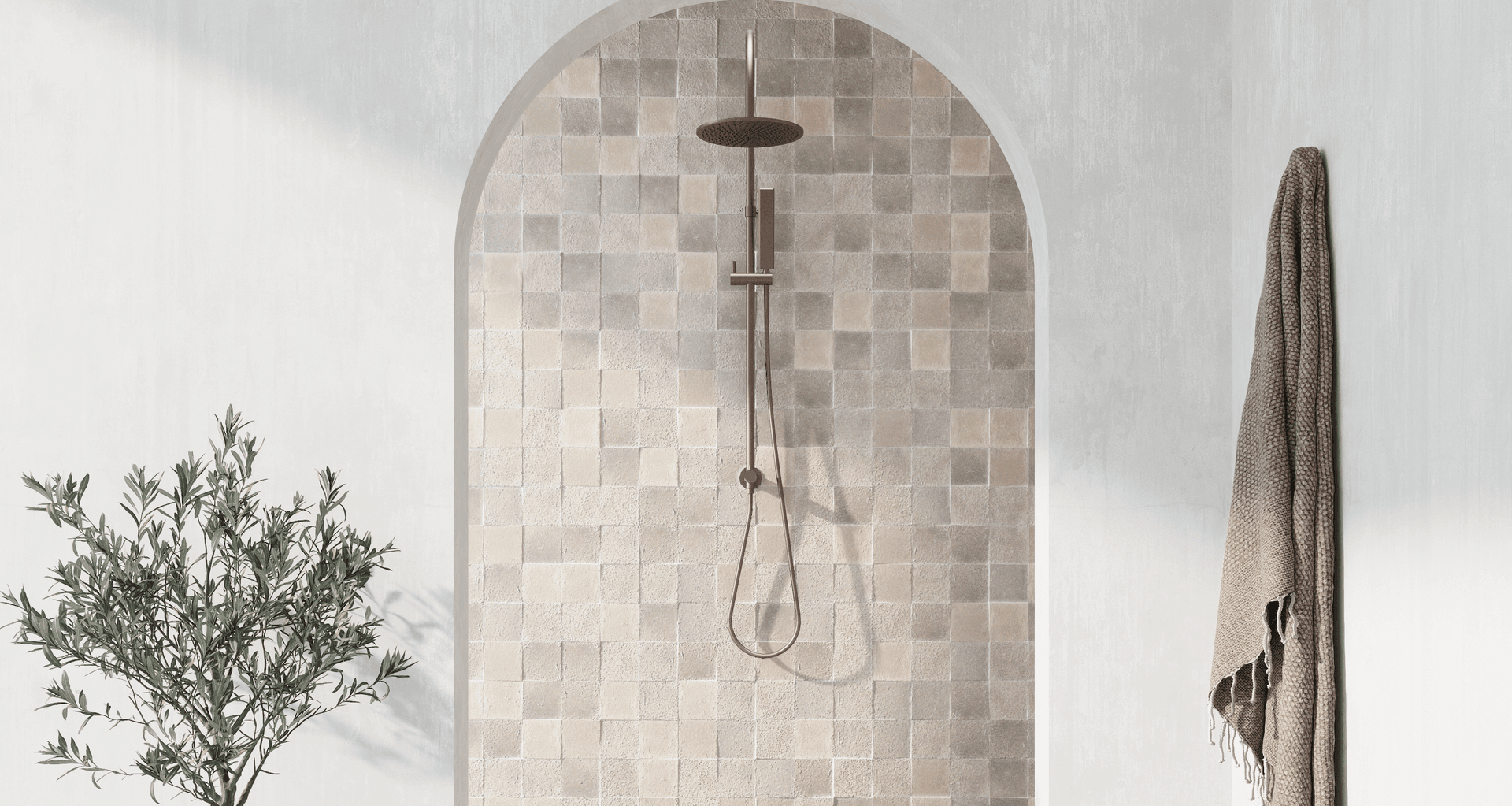
Walk-in showers can be a great addition to a bathroom but people often have a lot of questions about their suitability before getting started. The benefits, costs, flooring choices, as well as knowing the standard walk-in shower dimensions, are all things you should have clarity on before work begins. We’ve endeavoured to cover those questions and more so you can decide if it’s the right option for you.
What defines a walk-in shower?
A walk-in shower is one that you can practically walk into freely without any obstruction be it a step, ledge, bathtub or otherwise. They can be as simple as an open space with a drain on the floor or as luxurious as a showering oasis complete with rainfall shower heads, body jets and built-in benches.
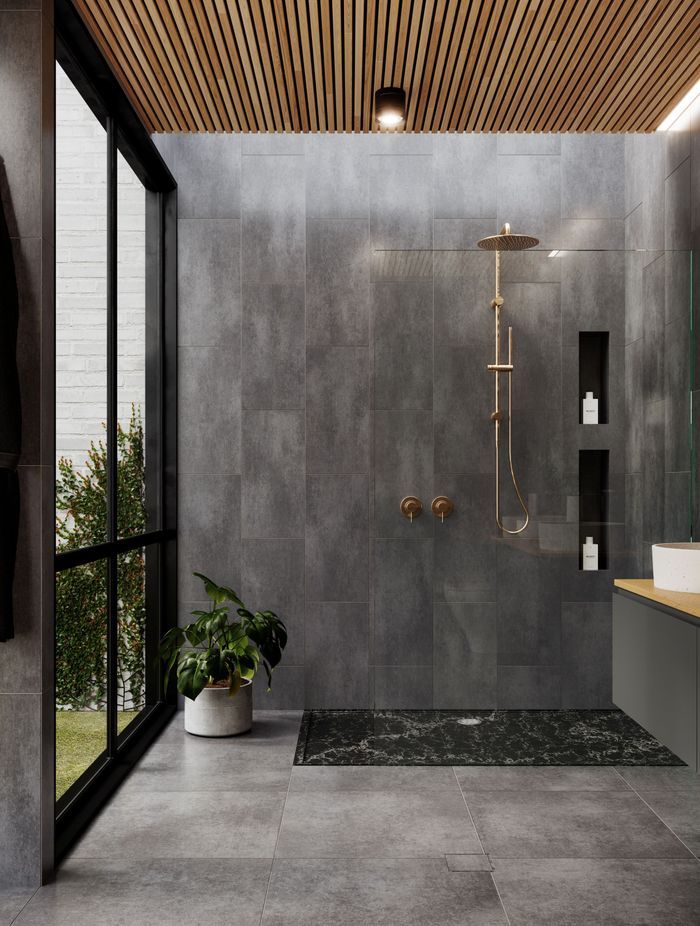
What are the benefits of walk-in showers?
There are several reasons homeowners love walk-in showers. Some of these include:
- The illusion of space they create
- The ease of use and the fact you can simply walk in
- They are easier to clean than tub and shower combos with fewer nooks and crannies to worry about
- They provide a sleek and modern look that is incredibly trendy
- They add value to the home in the eyes of many people
- They can be customised to perfectly fit your space
What are the disadvantages of walk-in showers?
As great as they are, there are a few potential disadvantages to also consider including:
- They can be more expensive than shower/tub combos especially if you need custom dimensions or upgrades
- They could present a slipping hazard if not properly constructed and installed
- They can be a bit chilly especially if your shower space is not enclosed

What is the average cost of a walk-in shower?
The cost of your walk-in shower will depend on the size, features, and materials you choose. A simple walk-in shower with basic features and no door can start as low as $1,000. However, a luxurious custom walk-in shower packed with features and premium fittings can easily cost upwards of $8,000 or more.
Of course, there will also be a cost to install your new walk-in shower. This will depend on the complexity of the project as well as the cost of labour in your area. In Australia, this usually begins with a call-out fee of around $60 - $100 with an additional hourly rate of around $80 - $135+ per hour.
Be sure to get an estimate which includes the total cost of material, labour and time it will take to install
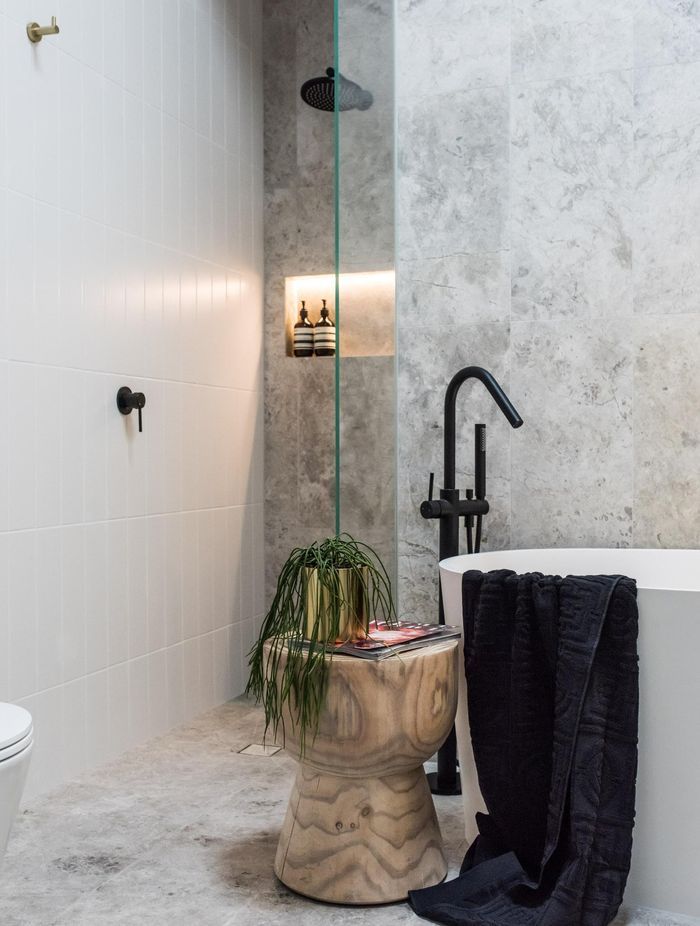
Does a walk-in shower add value?
As previously mentioned, a walk-in shower can add resale value to your home as a highly desirable bathroom feature that is popular and trendy. Bathrooms are very important to potential buyers and a walk-in shower will definitely be an appealing point of difference for many.
Related article: How much does a renovated bathroom add?
What are some common walk-in shower dimensions?
There is no standard size for a walk-in shower, but there are some common dimensions to consider based on your floor space.
For a small space, you might choose a walk-in shower with dimensions of around 35 x 35 inches (90 x 90 cm). This is considered a bare minimum as anything smaller than this can lead to water splashing outside of the shower itself. However, for a more comfortable space, a 42 x 60 inch (106 x 152 cm) walk-in shower is typically recommended.
Dimensions that go above these common sizes usually fall into the luxurious bathroom category which is a great place to find yourself, if your budget allows.
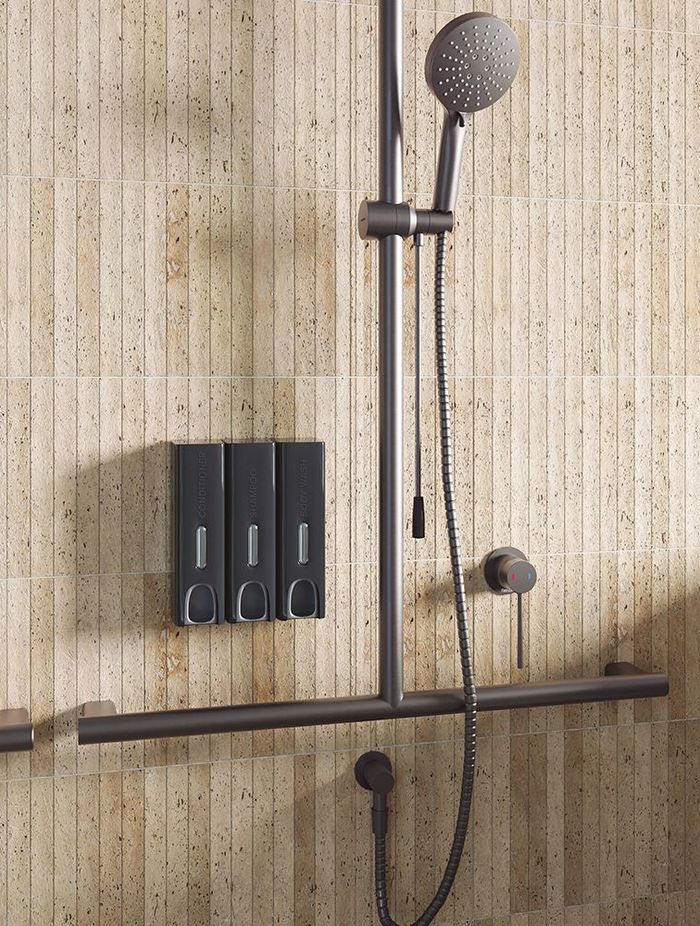
What determines the size of your walk-in shower?
Cost is a big factor when determining the size of your walk-in shower as the larger the shower space you want, generally speaking, the more expensive it will be. This is because you’ll need more waterproof floor and wall coverings, usually by way of tiling, to ensure water doesn’t leak within the shower space.
Your bathroom’s overall dimensions will also obviously have a big influence as you can only work within the walls of your bathroom unless your renovation includes a significant expansion.
You’ll also need to take into account the distance of your walk-in shower to other bathroom features and furnishings. At least 30 inches (76 cm) of space is recommended between features to ensure there’s enough space to walk freely from one spot to another.
What are some popular walk-in shower features?
There are many great options when it comes to customising your walk-in shower that can really elevate the space into something special.
Built-in benches and seats are a popular addition, especially among older couples who find it more difficult to bend down when showering.
Multiple shower heads like double shower heads or rainfall plus handheld combinations are great for large households where they may be different shower head preferences.
Steam showers require doors and screens to create an ideal spa-like experience but are well worth it for those who can make it happen.
Body jets and sprays can take your walk-in shower to the next level, adding water massage therapy to the list of functions and features. A very appealing way to finish each day.
Related article: How to choose the best shower head in Australia
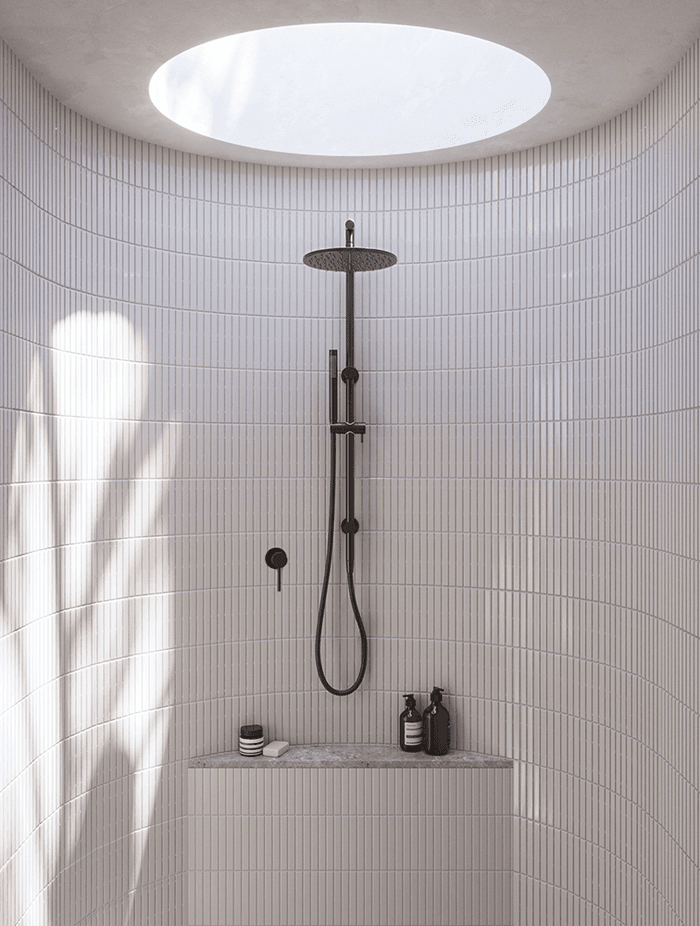
Do walk-in showers need a door?
For purists, a true walk-in shower doesn’t have a door which essentially answers this question. However, being your bathroom, you can basically do as you please so a door can easily be accommodated.
This will probably be most relevant to those in smaller spaces where the chance of splashing going outside the shower space is higher.
In most cases, walk-in showers will have a partial glass screen at the very least to prevent water from escaping and potentially damaging areas of the bathroom that aren’t fully waterproofed.
What is the best flooring for a walk-in shower?
Tiles are definitely the most popular choice for a walk-in shower as a solid, waterproof option that looks great and stands the test of time. Most have good traction and non-stick qualities that will help to prevent any accidents, which can be dangerous in a wet and slippery environment. Floor tile materials includes stone, concrete, porcelain and more. All of these materials are durable and withstand moisture very well.
Related article: How much does it cost to tile a bathroom in Australia?
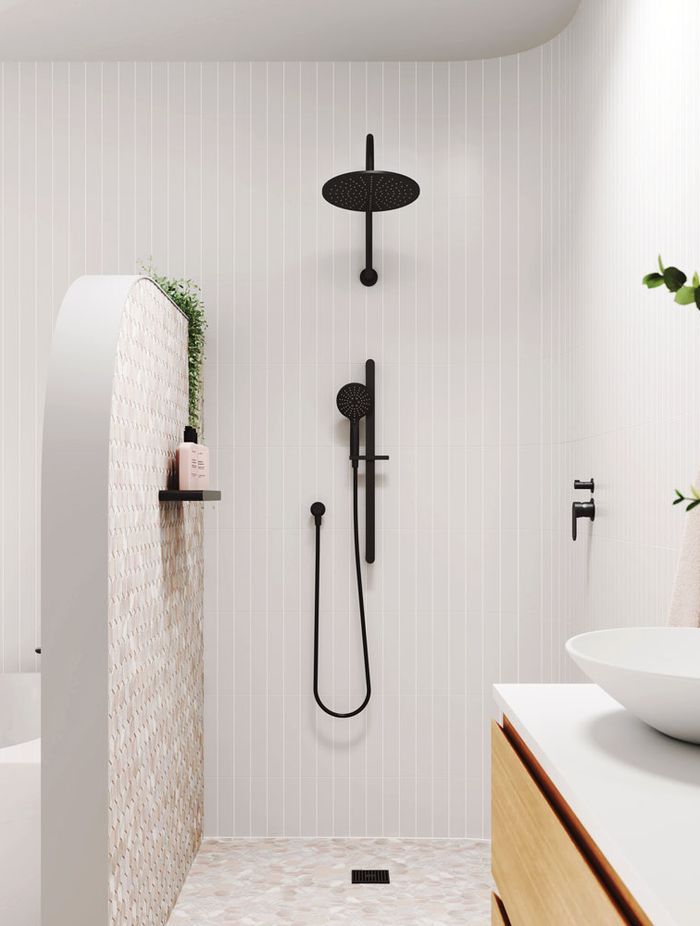
Your walk-in shower FAQs, answered
With the main questions answered, including knowing the right walk-in shower dimensions, you have a strong base of knowledge to help you decide whether it’s the right choice for you. The great thing about them is their versatility and the fact they can be installed in most types of bathrooms. With some appealing benefits including a sense of space, luxurious vibes and modern styling - there’s no shortage of reasons to install a walk-in shower as part of your next renovation.
Discover an extensive range of premium shower products on ArchiPro